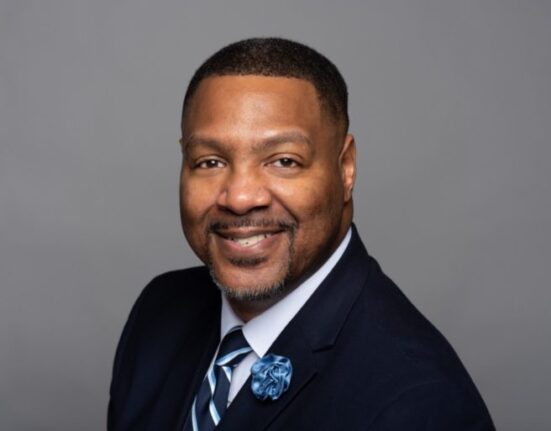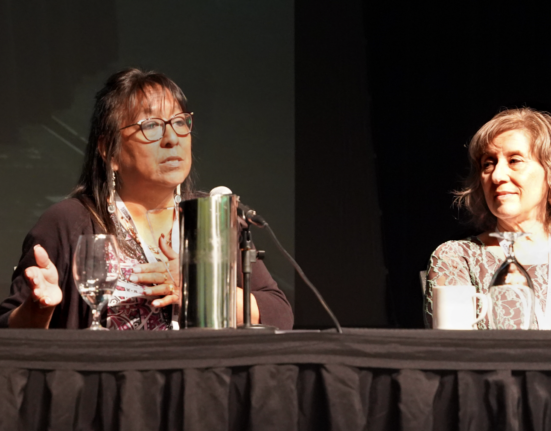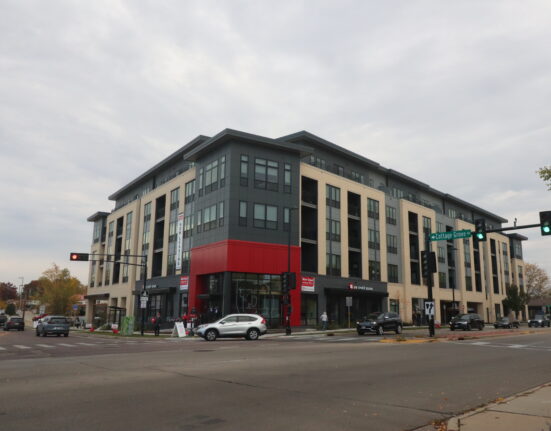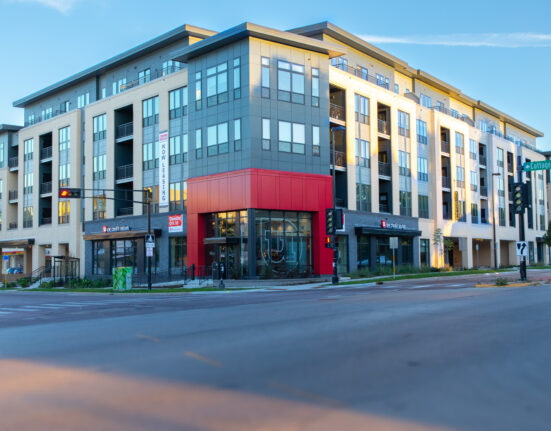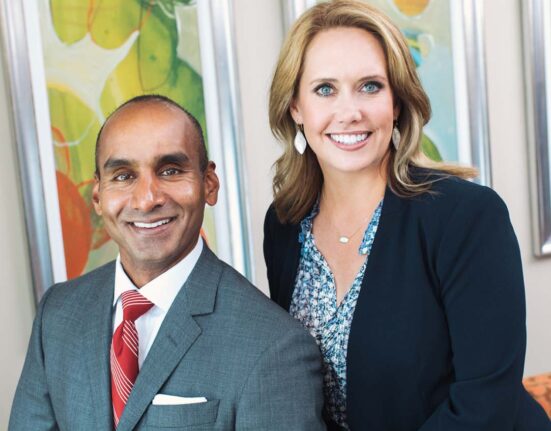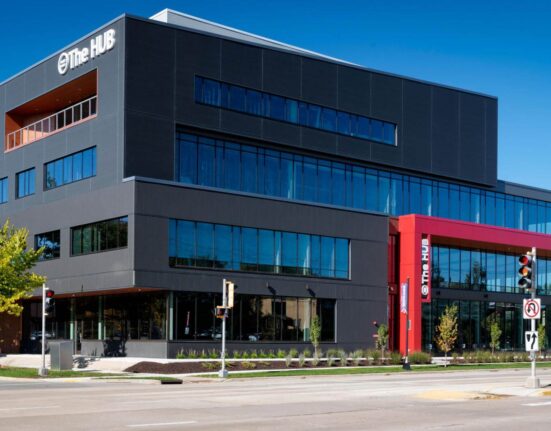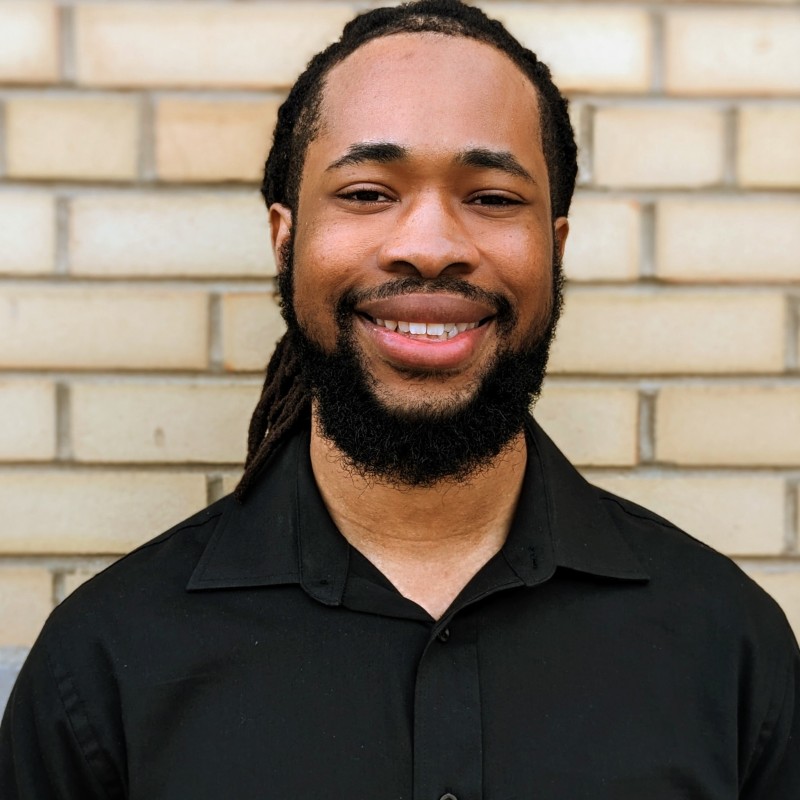
For Sedgwick Smith, Jr, a career in urban planning got started on the seat of a bus.
After earning an associate’s degree from Madison College, where he served as managing editor of the college newspaper (and did some freelance reporting for Madison365), Smith was a newlywed living on Madison’s south side, working part time at Menard’s in Monona and commuting to UW-Milwaukee three days a week to study architecture.
Then his car broke down, forcing him to rely on the bus system. It was only about a 15 minute drive to work, but there was no bus to get him there. Relying on Ubers was expensive and unreliable, and he ended up losing that job, all because it wasn’t easy to cross city boundaries on public transportation.
“Why is there this spatial mismatch between where I live and this economic opportunity?” he recalls wondering. “Why is rapid transportation not being looked at in a different way?”
In the meantime, he was taking a Madison Metro bus downtown, where he’d catch a Badger Bus to Milwaukee, then walk about 20 minutes to campus. From that vantage point, he started to pay attention to his surroundings – tent cities there one day and gone the next. Differing populations filtering in and out of neighborhoods while he waited at bus stops. How the highways on which he rode the bus bisected neighborhoods.
Ultimately that kind of commute wasn’t sustainable, and Smith left the architecture program. He worked at Lussier Community Education Center and other community-focused jobs while rethinking his career options.
“By that time, I had been doing research, I had collected enough knowledge,” he said in an interview. “And I’m like, wait a minute, what I even wanted to do with architecture in the first place was the social aspect of it, making sure people who actually live in the community have the opportunity to have a say, and buy-in, in what happens in their community.”
Then the pandemic happened, forcing college education to go virtual – an opportunity Smith took to jump in with an 18-credit course load in UW-Milwaukee’s urban planning program. Smith earned a campus award for his senior research project, on community participation in Milwaukee’s Black neighborhoods.
Graduating in 2021, he worked a planning and zoning internship with the City of Fitchburg, then put in a year as assistant director of the Boys and Girls Club of Dane County’s Taft Street Center. And earlier this year, he began putting his degree to work as an assistant planner for the Southwest Wisconsin Regional Planning Commission. The SWRPC provides planning, community development, economic development, transportation planning, GIS mapping and other services for communities in Richland, Grant, Iowa, Lafayette and Green Counties – a primarily rural population with a total population of about 150,000, smaller than that of the City of Madison.
It’s a new kind of environment for Smith, a native of Beloit.
“This is a different community that I’m not that exposed to. It’s a chance for me to benefit the region in ways that I can, but also to actually learn,” he said.
But he’s already found some similarities between small rural towns and urban neighborhoods.
“Some of the communities out there reflect the hood. There’s a disinvestment in those communities too,” he said. “Not feeling invested in … that’s a very real feeling. You can literally see it.”
Besides that, the rural communities in the SWPRC region don’t exist on an island.
“When we’re talking about urban planning, sometimes, especially living in the city, it’s really easy to just focus on what’s going on in the city,” Smith said. “But when we are talking about equity, when we’re talking about planning, we have to be talking about it from a regional standpoint. I mean, historically, there has been a relationship between rural environments, rural communities, and urban communities.”
The SWPRC region is also overwhelmingly white – 97 percent – and just two percent Hispanic. But that tiny sliver of the population that’s not white has been getting less tiny quite rapidly – between 1990 and 2010, the Hispanic population grew more than five-fold, and the nonwhite population quadrupled.
That’s ultimately a good thing, Smith said.
“Since the Industrial Revolution, especially for the last 100 years, you’ve seen rural people flee to the city,” Smith said. “We’re looking at cities like we’re trying to accommodate the influx of people that are coming in. At the same time, we’re looking at cities as economic growth machines … but what’s actually happening in these other counties? You’re seeing youth who are leaving and going to the cities. So then who’s still left (in rural communities)? You see an aging population, and either stagnation or decline in population.”
Which, in part, is what leads to that feeling of disinvestment in smaller, rural communities. One solution, Smith said, is to diversify the population.
“Regardless of whatever racism that some people have, the numbers are the numbers,” he said. “You might not have a school district, you might not have a city at some point, you might not have a workforce if we don’t get new people into this region … A driver of economic development and sustainability is diversifying your populations, diversifying your economy, diversifying the types of businesses that you want to bring in. But if you’ve had a region that has had the same people in it, that is declining (in population), maybe you need new people in that region. Some people don’t want to hear that.”
Smith admits to a previous preconceived notion about rural Wisconsinites, and to being worried about his wife visiting rural communities in her role as an education outreach specialist at PBS Wisconsin.
“She ended up actually developing relationships with these families, and they were cool,” Smith said.
Smith said communities don’t need to overthink how to entice people of any race to a community.
“Black and brown folks want some of the things white folks want,” he said. “People want houses, people want jobs, people want safe communities, people want fun things to do, people want nature, people want walkable cities, bikeable cities.”
That question – attracting both visitors and potential new residents – has been the focus of Smith’s first projects with the SWPRC, where he’s evaluating the internet presence and marketing efforts of 15 municipalities, as well as the physical environment of the places where visitors enter those municipalities.
Even evaluating municipal websites and the like, Smith is thinking at a very long time scale.
“This isn’t an overnight problem or issue. In comprehensive planning, you’re looking at five to 10 to 20 years at a time,” he said. “But even then, not every community gets it right. So it’s, how do you evolve? How do you evolve with the circumstances?”

